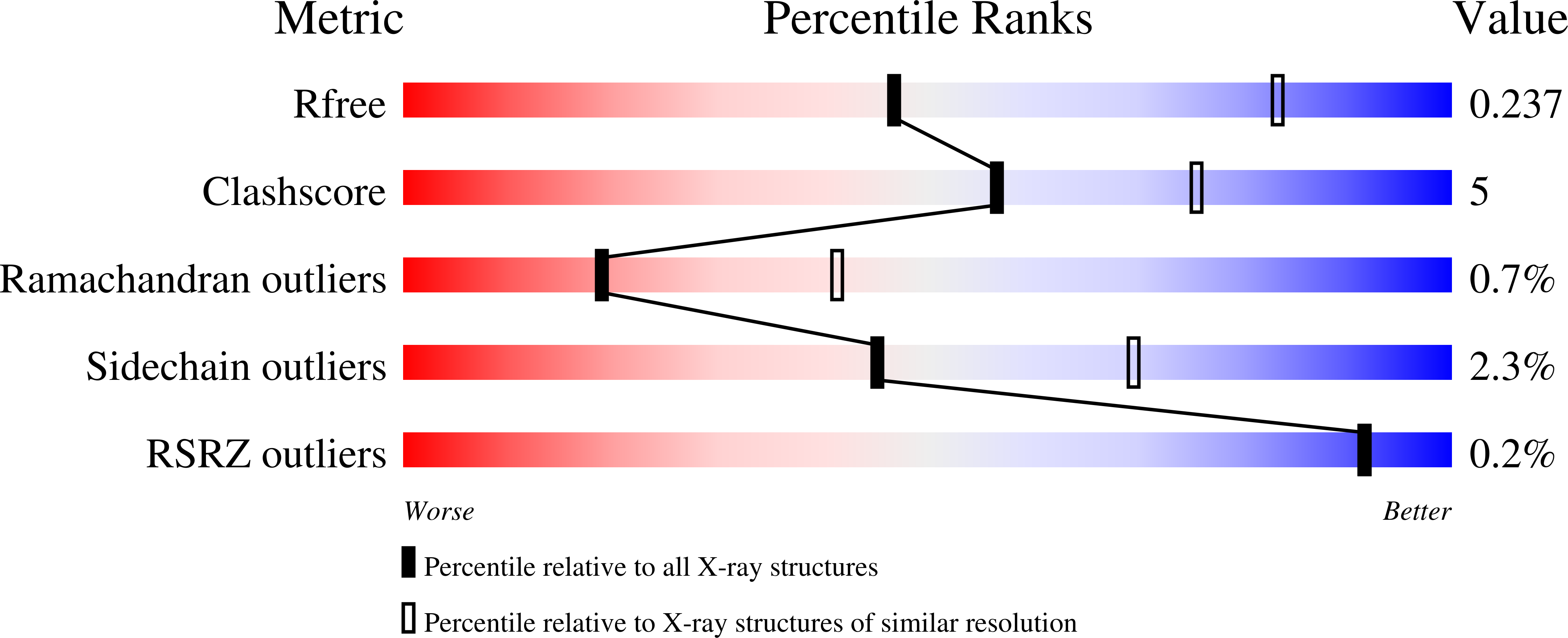
Deposition Date
2023-11-13
Release Date
2025-04-23
Last Version Date
2025-11-05
Entry Detail
PDB ID:
8R4H
Keywords:
Title:
Crystal structure of the copper efflux oxidase (CueO) from Hafnia alvei deleted of the Met-rich domain
Biological Source:
Source Organism:
Hafnia alvei (Taxon ID: 569)
Host Organism:
Method Details:
Experimental Method:
Resolution:
2.94 Å
R-Value Free:
0.24
R-Value Work:
0.19
R-Value Observed:
0.20
Space Group:
H 3


